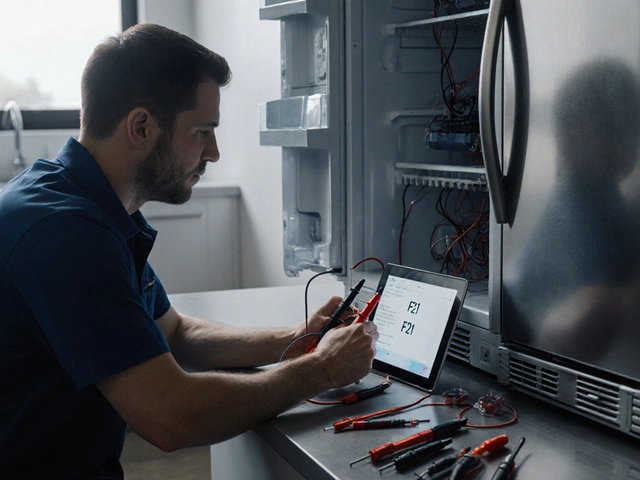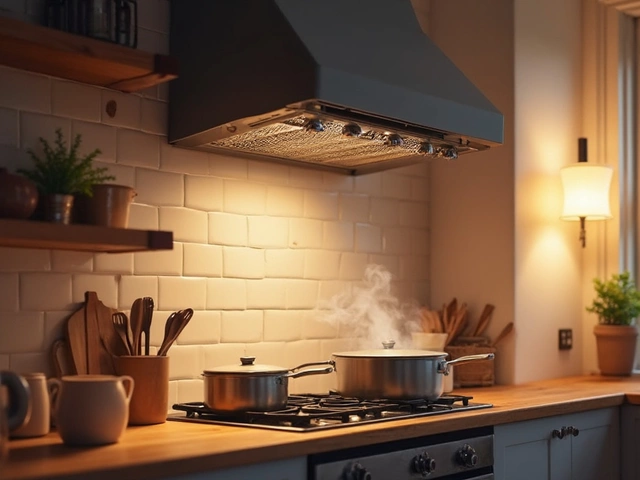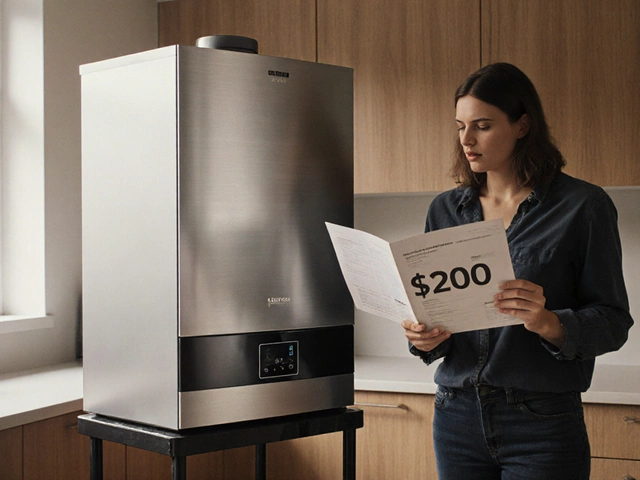The Meaning of Appliance for a Job in Service Industry
April 4 2025Common Oven Problems and How to Fix Them
Oven not heating? Timer not working? You’re not alone. Most homeowners run into a handful of issues that can turn a simple dinner into a nightmare. The good news is many of these problems have easy DIY checks, and you’ll know exactly when it’s time to ring a qualified engineer.
Understanding the Main Symptoms
1. Oven won’t heat at all. This is usually a heating element failure, a blown fuse, or a faulty temperature sensor. Start by looking inside the oven cavity – the element is a metal coil at the bottom (or top for some models). If it’s blackened or broken, replace it. If it looks fine, check the thermostat knob for loose connections.
2. Oven heats unevenly. Hot spots often mean the element is partially burnt out or the fan (in convection ovens) has seized. Turn the oven off, remove the fan cover, and give the blades a quick clean. A stuck fan blade can cause hot and cold zones.
3. Oven takes forever to reach temperature. A compromised door seal lets heat escape. Feel around the rim for gaps or cracked rubber. A simple coil seal replacement restores efficiency and saves energy.
4. Oven won’t turn on. First, check the power supply. Is the plug firmly in the socket? Is the circuit breaker tripped? If power is good, the oven’s internal safety switch might have triggered. Reset it if you see a button inside the control panel.
5. Strange smells or smoke. Grease buildup on the heating element or the fan can ignite. Remove the element (once it’s cool), wipe it with a damp cloth, and clean the fan housing. Regular cleaning keeps the oven safe and odor‑free.
Quick DIY Fixes and When to Call a Pro
Most of the above checks take under 15 minutes and need only a screwdriver and a multimeter. If you’re comfortable turning off the power at the breaker, you can test the heating element’s resistance – a healthy element reads between 20–40 Ω. Anything far off means replacement.
However, some situations call for professional help:
- Gas ovens. If you suspect a gas leak, see a certified gas engineer immediately. Gas components should never be DIY‑handled.
- Electronic control boards. Faulty displays, unresponsive buttons, or error codes usually point to a PCB issue. Replacing a control board is best left to experts.
- Persistent overheating. If the oven continues to overheat after you’ve checked the element and door seal, there may be a thermostat calibration problem that needs specialist tools.
When you decide to call a pro, have these details ready: oven make and model, a short description of the symptom, and any error codes shown on the display. This speeds up the diagnosis and can lower the call-out cost.
Regular maintenance prevents most of the common problems. Wipe the cavity after each use, clean the fan and filter every few months, and run a 30‑minute self‑clean cycle (if your oven has one) to burn off residue. A quick visual inspection every six months catches loose wires or cracked seals before they cause a breakdown.
In short, a non‑heating oven is often a simple part failure, while erratic heat or strange smells usually mean it’s time for a deeper clean. Do the easy checks first, and don’t hesitate to call a qualified gas engineer if you hit a wall. Your oven will thank you with reliable performance and fewer surprise repairs.
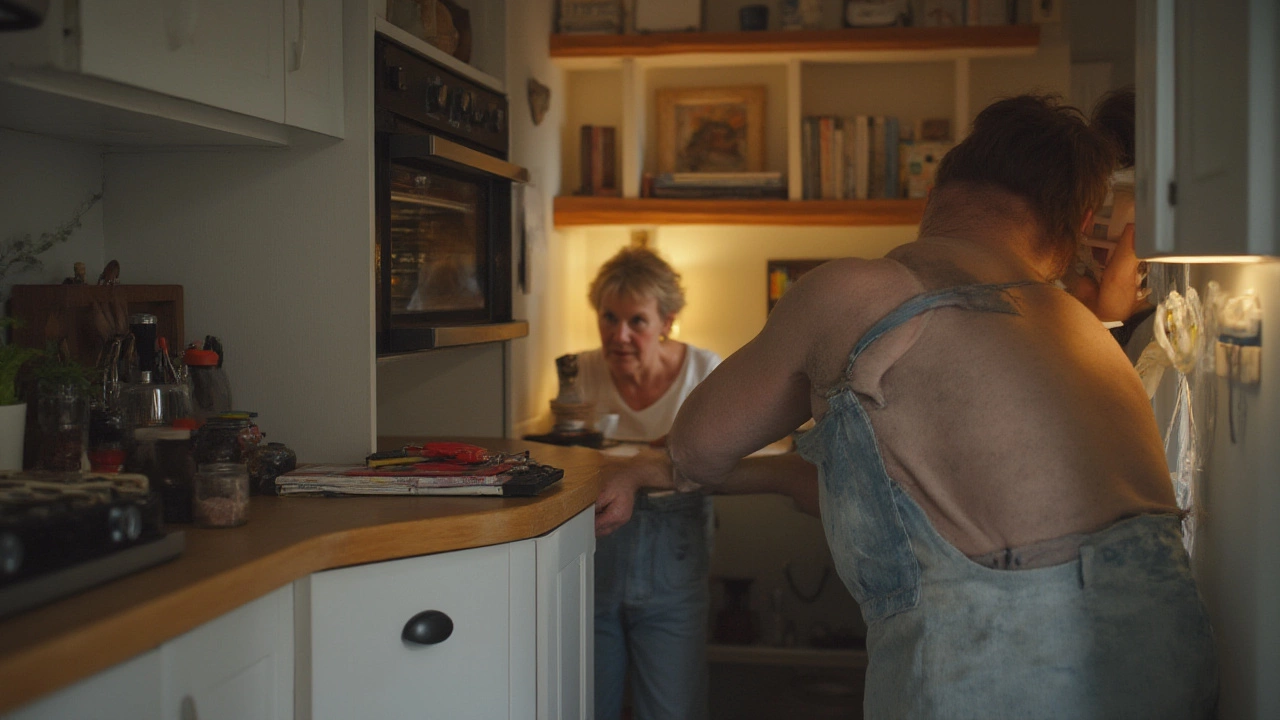 1 Aug
1 Aug
Are Ovens Easy to Fix? A Straightforward Guide to Simple Oven Repairs
Discover if ovens are easy to fix, common issues you can handle yourself, and when you should call a pro. Includes practical tips and real-world advice.
Read More...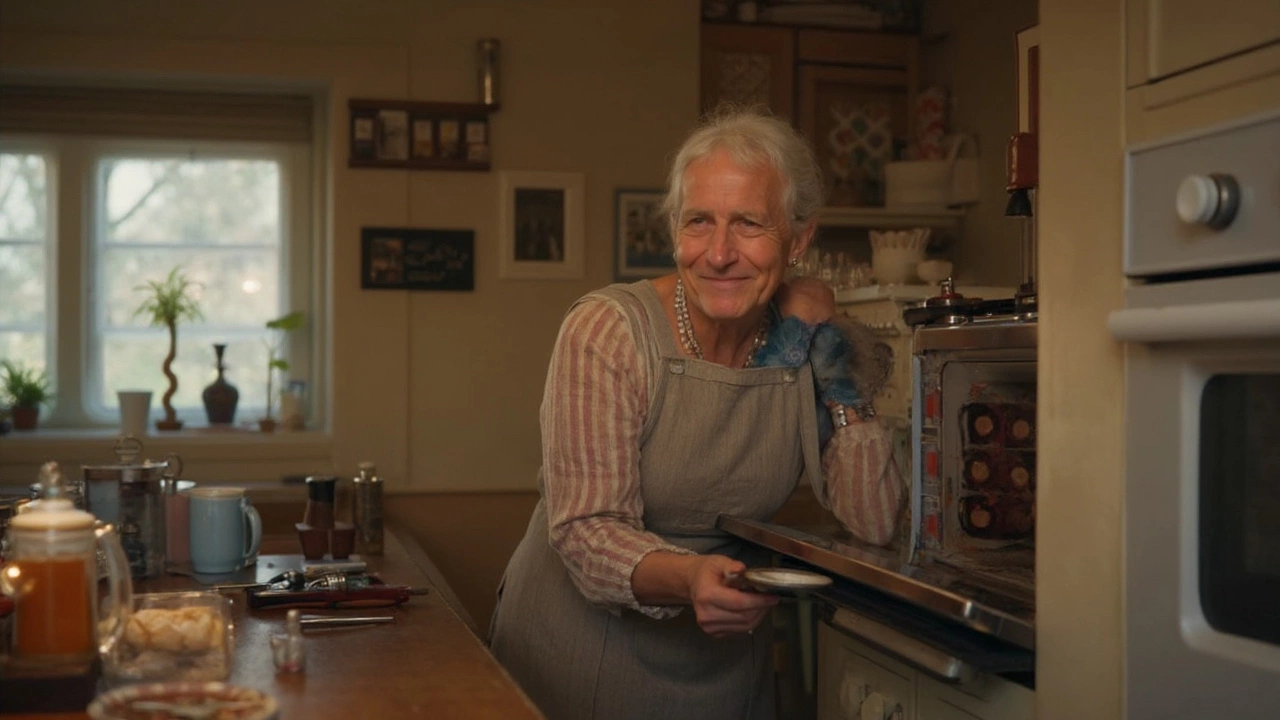 21 May
21 May
Oven Problem: What Goes Wrong And How To Fix It
Ovens are lifesavers when it comes to home cooking, but they aren't perfect. This article breaks down the most common oven problems, why they happen, and practical ways to fix them. You'll find tips for quick troubleshooting, signs your oven needs real repair, and when it's time to call a pro. Real-world examples and advice are packed in, making it easier to keep your oven running smoothly. No confusing jargon—just straight talk to help you get your kitchen back on track.
Read More...
